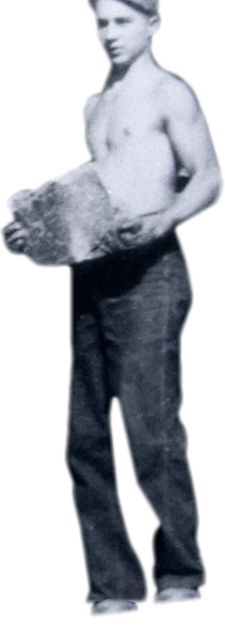
Between 1929 -1933, U.S. unemployment jumped from 3% to over 25% as the Roaring Twenties crashed into the Great Depression. Among the young, the rate of joblessness was even higher. Soon after taking office in March, 1933, President Franklin D. Roosevelt established his “Tree Army,” the Civilian Conservation Corps (CCC), to reduce unemployment, conserve natural resources, and provide skills to unskilled men.
From 1933 to 1942, 5% of U.S. men, over two million, served in the CCC, one of the most popular of President Roosevelt’s New Deal programs. Roosevelt sought to get young men off of America’s streets and improve their health and morale while boosting the nation’s economy. CCC “boys,” usually 18 - 25 years old, earned $30 per month with room and board. Of this $30, they were required to send between $22 - 25 to their families. Men with supervisory jobs made slightly more money.
CCC enrollees worked on projects in every state and territory of the nation. They built dams and stocked streams with fish. They created outdoor recreation areas for public use. They cut new trails and built campgrounds, fought fires and built visitor facilities. All in all, men worked in 791 CCC camps in 94 national parks and 881 state or local areas. Many parks near Washington, including Prince William Forest, are CCC creations. More...
The CCC transformed many. A generation that knew only joblessness and hopelessness found purpose. In 1933 President Roosevelt devoted one of his fireside chats to the men of the Civilian Conservation Corps. He said:
“Men of the Civilian Conservation Corps… you – nearly 300,000 strong – are evidence that the nation is still strong enough and broad enough to look after its citizens. You are evidence that we are seeking to get away as fast as we possibly can from the soup kitchens and free rations… Through you the nation will graduate a fine group of strong young men, clean-living, trained to self-discipline, and above all, willing and proud to work for the joy of working. In is time for each and every one of us to cast away self-destroying, nation-destroying efforts to get something for nothing, and to appreciate that satisfying reward and safe reward come through honest work. That must be the new spirit of the American future. You are the vanguard of that new spirit.”
|





